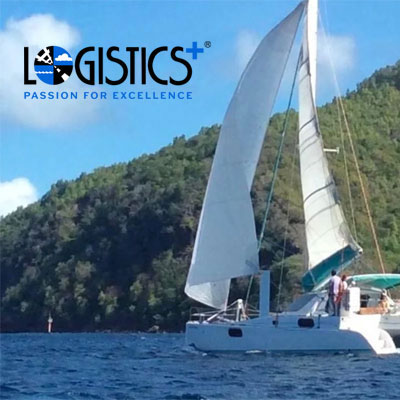
by logisticsplus | Oct 2, 2019 | News
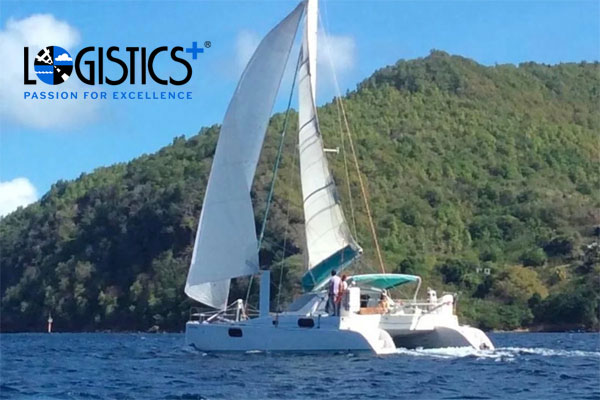 Bon voyage! Pieter Jan De Smedt, a very close friend of Frederik Geirnaert (global project manager for the Logistics Plus Project Cargo Division) is embarking on a one (1) year sailing adventure around the world in a Catana 401 named Vite & Rêves. The crew, a family of five, departed Lavrion, Greece late September with the intentions of ending their journey in Darwin, Australia next July.
Bon voyage! Pieter Jan De Smedt, a very close friend of Frederik Geirnaert (global project manager for the Logistics Plus Project Cargo Division) is embarking on a one (1) year sailing adventure around the world in a Catana 401 named Vite & Rêves. The crew, a family of five, departed Lavrion, Greece late September with the intentions of ending their journey in Darwin, Australia next July.
To help the crew track its progress around the world, Logistics Plus has provided one of its Roambee global tracking devices. Now, thanks to GPS ocean tracking, the boat and crew can be followed along its route in near real-time at https://vite-et-reves.com/static/route/ as shown here:
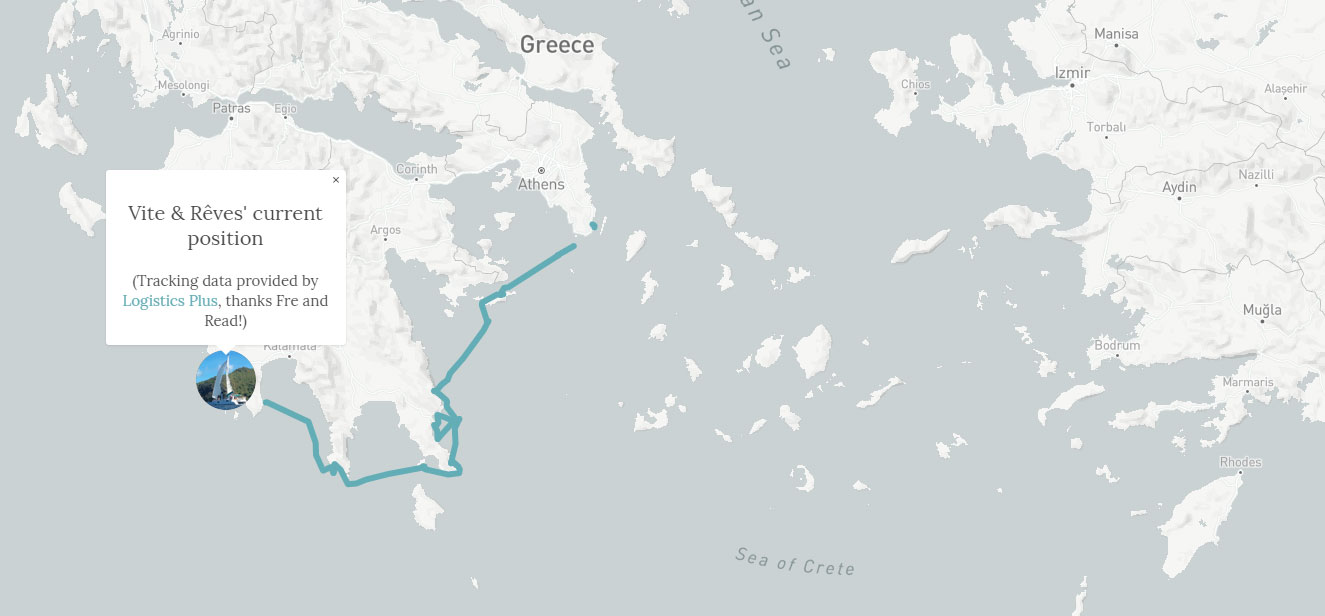

You can also visit vite-et-reves.com to read regular “Captain’s Log” updates from Pieter and his crew. What an awesome adventure!
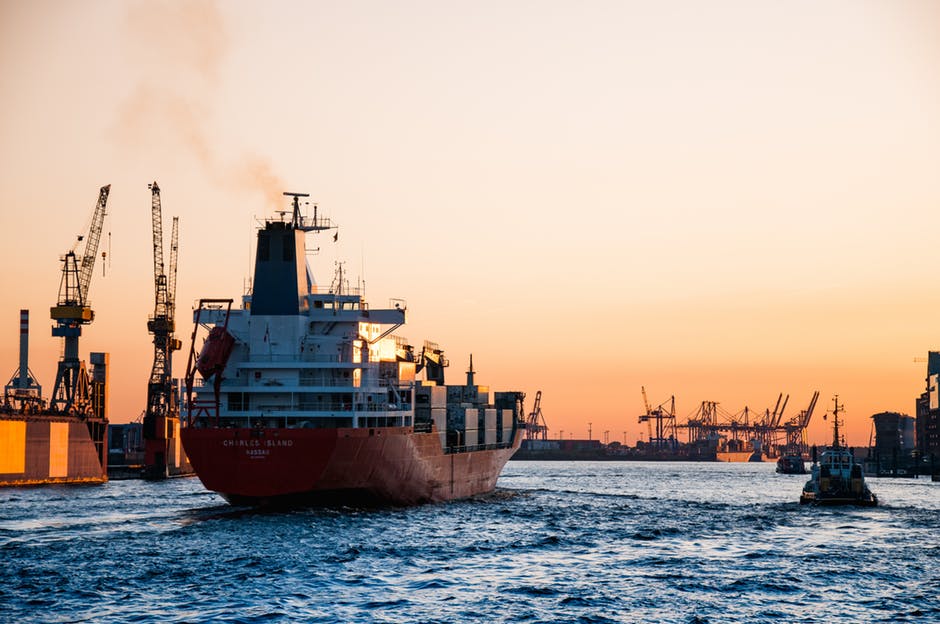
by Marketing | Feb 21, 2018 | News
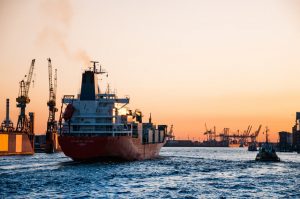
Over the span of 10 years, the ocean freight transportation industry has been challenged by global supply and demand disparity throughout the market, affecting both carriers and shippers. On occasion, there is overcapacity in the market, causing a major decline in the rates. There are also occurrences in which demand quickly increases, causing the rates to spike. Ocean carriers have benefited from these periods of increased demand, triggering rates to shoot up and become more unstable and challenging for shippers to allocate and purchase space.
One of the driving variables of this global supply and demand imbalance was Maersk’s fleet venture initiative: Maersk sought to control the worldwide container market and drive existing industry rates. They started building more vessels to achieve this goal. However, this plan was interrupted by the Great Recession of 2007-2009, when supply decreased rapidly for container shipping.
The recession instigated a chain reaction for ocean carriers, making it vital to ensure that freight rates didn’t tumble too far. In response, ocean carriers began forming new alliances and incorporating the following strategies:
- Slow steaming: conserve fuel and increase transit times
- Vessel idling: remove vessels from the rotation during slow periods
- Organizational cost-cutting: layoffs within the company
- IT modernization: large investments into technology and creating a more automated system
The Main Three
What used to be four main alliances has recently changed into three larger unions. The current state of the three-carrier alliance takes into account almost 80% of the container trade in the world and nearly 90% of container volume on primary trade lanes.
- 2M Alliance (MSC, Maersk, Hamburg Sud, Hyundai)
- Ocean Alliance (CMA CGM, APL, COSCO, China Shipping, OOCL, Evergreen)
- The Alliance (NYK Group, “K” Line, MOL, Yang Ming, Hapag-Lloyd, UASC)
The absence of competition that has been created due to these major unions has permitted carriers to recapture productivity, control rate changes, and space accessibility. As a shipper looking for other possibilities, it can be troubling that five or six worldwide carriers control all major international trade routes.
New Carrier Alliance
Three Japan-based container shipping carriers are paring up to create a new joint venture, entitled Ocean Network Express (ONE). These carriers are comprised of Kawasaki Kisen Kaisha, Ltd. (K-Line), Mitsui O.S.K. Lines, Ltd. (MOL), and Nippon Yusen Kabushiki Kaisha (NYK). The development of the joint venture is said to merge the companies’ container shipping business, including global terminal operation business. By offering high-quality, competitive services through the enhancement and alliance of the three companies’ global network and service structures, Ocean Network Express will be capable of better meeting customers’ needs. The company has also been working towards its goal of launching the new JV. Once all anti-trust reviews are finalized, the establishment of the new JV will officially be publicized. The start date for Ocean Network Express is set for April 1, 2018.
Benefits:
- Provide service across 90 countries
- Fleet size of 1.4 million TEU (Twenty-Foot Equivalent Units)
- Represents around 7% of the global share
The Power of Carrier Alliances
Advantages of the carrier alliances include:
- Less competition, while at the same time greater control of vessels
- Better management of ship capacity
- More effective coordination of future ship orders with forecasted demand
- A lowering in operating costs by more effective collaboration with service providers, such as ports, terminal operators, stevedores, tugboat providers, and container lessors
- Enhanced reach, that will allow alliance partners to service new ports and maximize the potential of new routes
Concerns due to the alliances include:
- Terminal congestion
- Chassis dislocations: raises concerns that the shipper or importer may be bearing the brunt of that impact and paying any associated dislocation fees.
- Delays in spotting and releasing intermodal trains: intermodal trains have been delayed or had other challenges due to increased congestion and ship bunching
The history of the maritime industry has traditionally been one of feast or famine. Large swings in vessel capacity and shipper demand have made for a turbulent environment in terms of financing and planning for the future. The formation of shipping alliances has helped to mitigate these issues and serve as a strong incentive to continue and strengthen them.
Logistics Plus can be your trusted partner in navigating the challenges of dealing with and arranging your logistical needs with these large organizations.

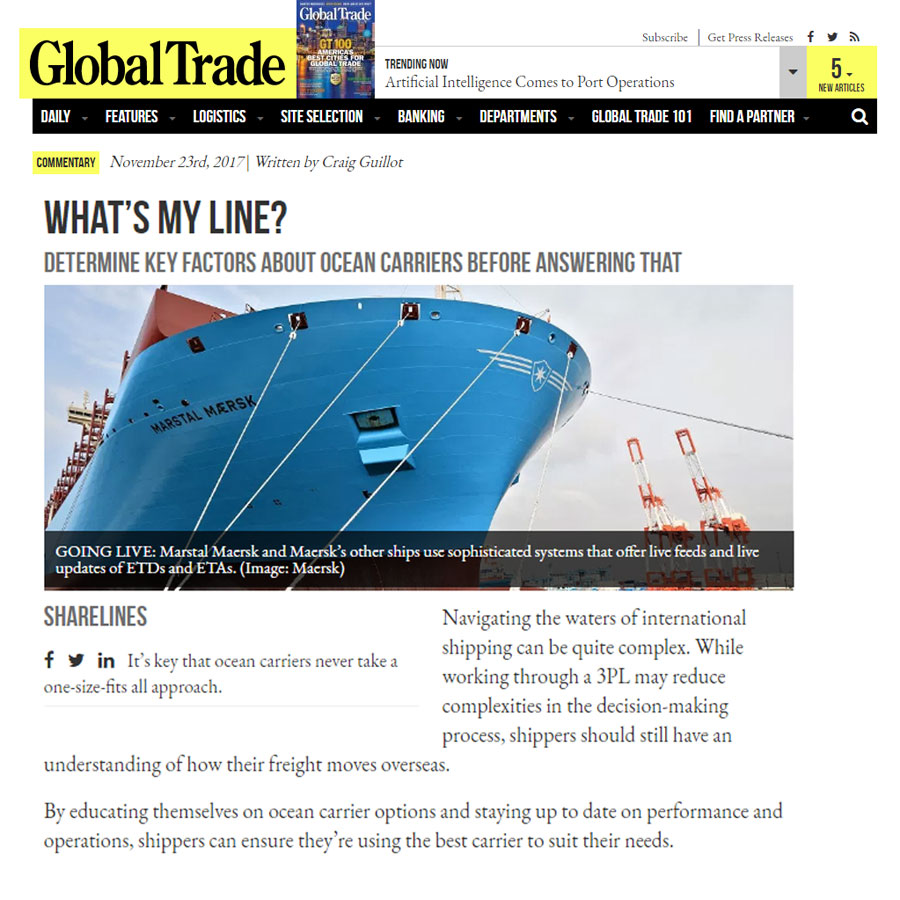
by logisticsplus | Nov 27, 2017 | News
 The folks at Global Trade magazine recently published a new article titled “What’s My Line? Determine Key Factors About Ocean Carriers Before Answering That.” The article discusses how shippers can work with 3PLs to better educate themselves on ocean carrier options and ensure they’re using the best carrier to suit their needs. Since Logistics Plus is an experienced ocean freight forwarder and NVOCC, it made perfect sense that the author, Craig Guillot, should interview Yuriy Ostapyak, director of global operations for Logistics Plus, for the finished piece. You can read the online version of the article here http://www.globaltrademag.com/global-logistics/whats-my-line (or by clicking the image below).
The folks at Global Trade magazine recently published a new article titled “What’s My Line? Determine Key Factors About Ocean Carriers Before Answering That.” The article discusses how shippers can work with 3PLs to better educate themselves on ocean carrier options and ensure they’re using the best carrier to suit their needs. Since Logistics Plus is an experienced ocean freight forwarder and NVOCC, it made perfect sense that the author, Craig Guillot, should interview Yuriy Ostapyak, director of global operations for Logistics Plus, for the finished piece. You can read the online version of the article here http://www.globaltrademag.com/global-logistics/whats-my-line (or by clicking the image below).

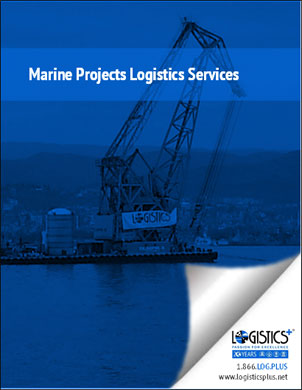
by logisticsplus | Sep 8, 2016 | News
 The Logistics Plus Marine Projects Logistics team provides complete solutions for the entire Maritime and Shipyard Industry.
The Logistics Plus Marine Projects Logistics team provides complete solutions for the entire Maritime and Shipyard Industry.
A couple of our recent logistics projects include:
- Transporting a 6.5 meter high RRM vertical ruel tank from Norway to Istanbul
- Moving 30 meters long, 24 meters wide 17 meters high, and each 1,014 metric tons, 4 x NH3 vessel gas tanks from South Korea to the USA
The Logistics Plus Marine Projects Logistics team will plan, manage and undertake special logistics projects of any scale from start to finish. However challenging the geography, however complex the lift, our Marine Projects Logistics team works closely with our engineering and contractor customers to ensure that every project is planned, delivered and completed on time and to exact specifications.
The many services we provide include:
- Tug, Pilot, Mooring, Crew, Dredger Motor Barge Transportation
- Yacht, Catamaran, Ferry Transportation
- Barge / Floating Crane Operations
- Cargo inspections including loading and discharging
- Transport of Spare Parts
- Customs Brokerage
- Vessel agency and husbandry
Feel free to click the image above to download a PDF copy of our Marine Projects Logistics brochure. To inquire about our services for your next cargo project, please email us at projectcargo@logisticsplus.com or click the button below.

Are you going to the 2016 Breakbulk Americas Conference? Be sure to stop by and visit us at booth 451!
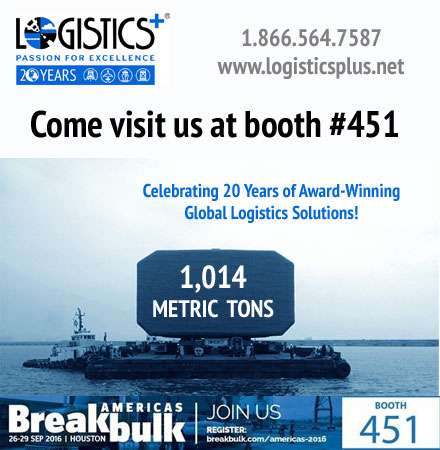
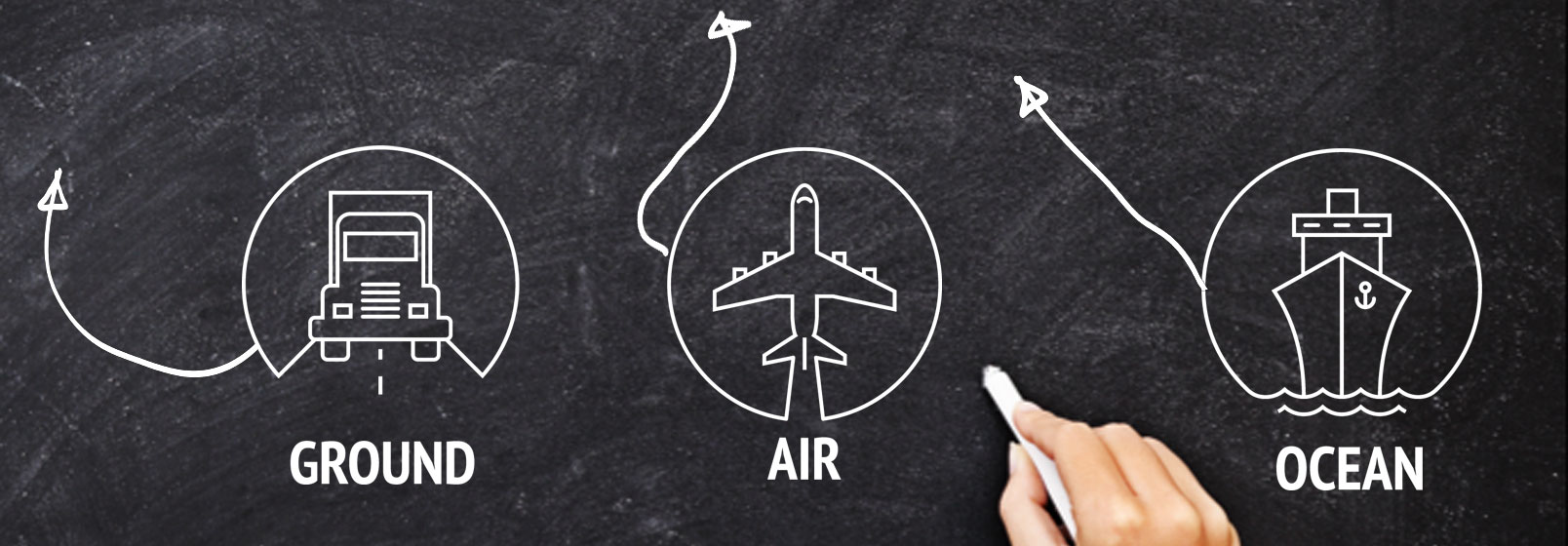
by logisticsplus | Sep 7, 2016 | News
 Choosing the right mode for freight transportation is a very important part of any logistics playbook. You will ship your product by either ground, air, ocean or rail transport. The factors that come into play in mode selection include the following:
Choosing the right mode for freight transportation is a very important part of any logistics playbook. You will ship your product by either ground, air, ocean or rail transport. The factors that come into play in mode selection include the following:
- Availability – is equipment and capacity readily available?
- Speed – is the transit time for final delivery acceptable?
- Cost – is the freight cost acceptable for your situation?
- Reliability – is your delivery schedule flexible or rigid?
- Safety – is your product susceptible to theft or damage?
As you consider which mode to use, here are some of the advantages and disadvantages that come into play:
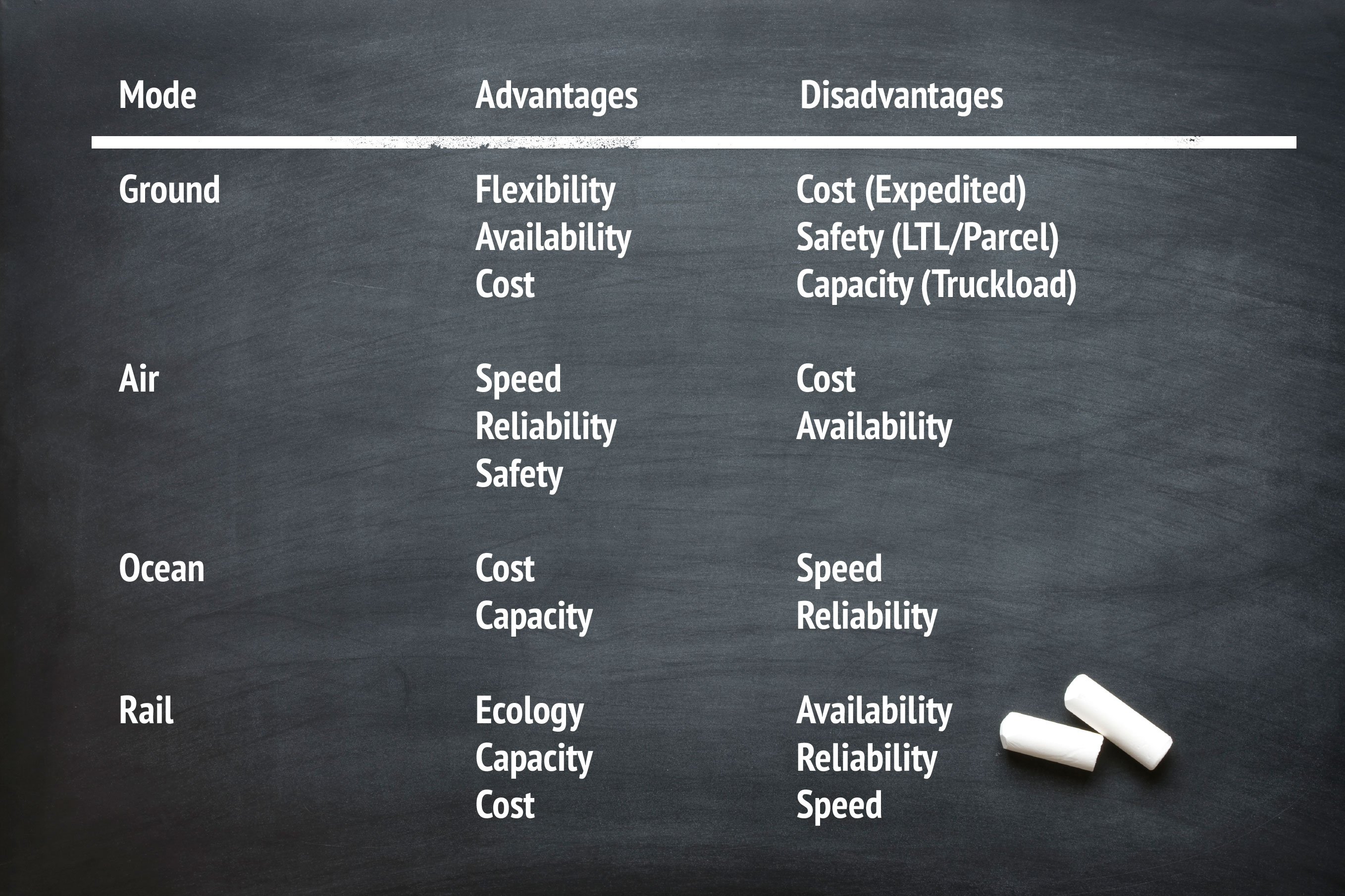
With the fall football season just around the corner, you should know that the Logistics Plus team is here to help you with your logistics playbook. We have the services and solutions to help you run any logistics play your supply chain demands. If you’re looking to score freight savings and earn extra points with your customers and vendors, here are a few common plays we can help you successfully execute (just click the play you wish to run to get started):
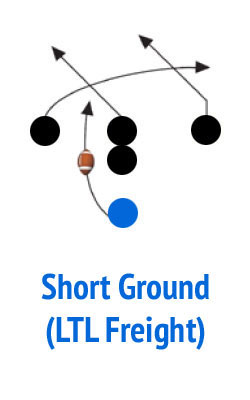
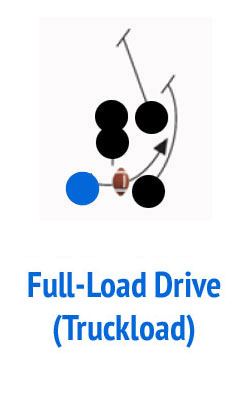
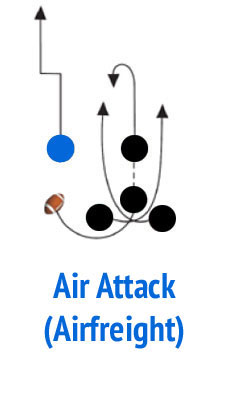
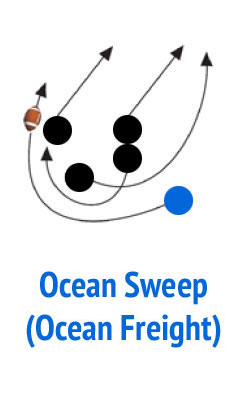

 Bon voyage! Pieter Jan De Smedt, a very close friend of Frederik Geirnaert (global project manager for the Logistics Plus Project Cargo Division) is embarking on a one (1) year sailing adventure around the world in a Catana 401 named Vite & Rêves. The crew, a family of five, departed Lavrion, Greece late September with the intentions of ending their journey in Darwin, Australia next July.
Bon voyage! Pieter Jan De Smedt, a very close friend of Frederik Geirnaert (global project manager for the Logistics Plus Project Cargo Division) is embarking on a one (1) year sailing adventure around the world in a Catana 401 named Vite & Rêves. The crew, a family of five, departed Lavrion, Greece late September with the intentions of ending their journey in Darwin, Australia next July.![]()





 The folks at
The folks at 







